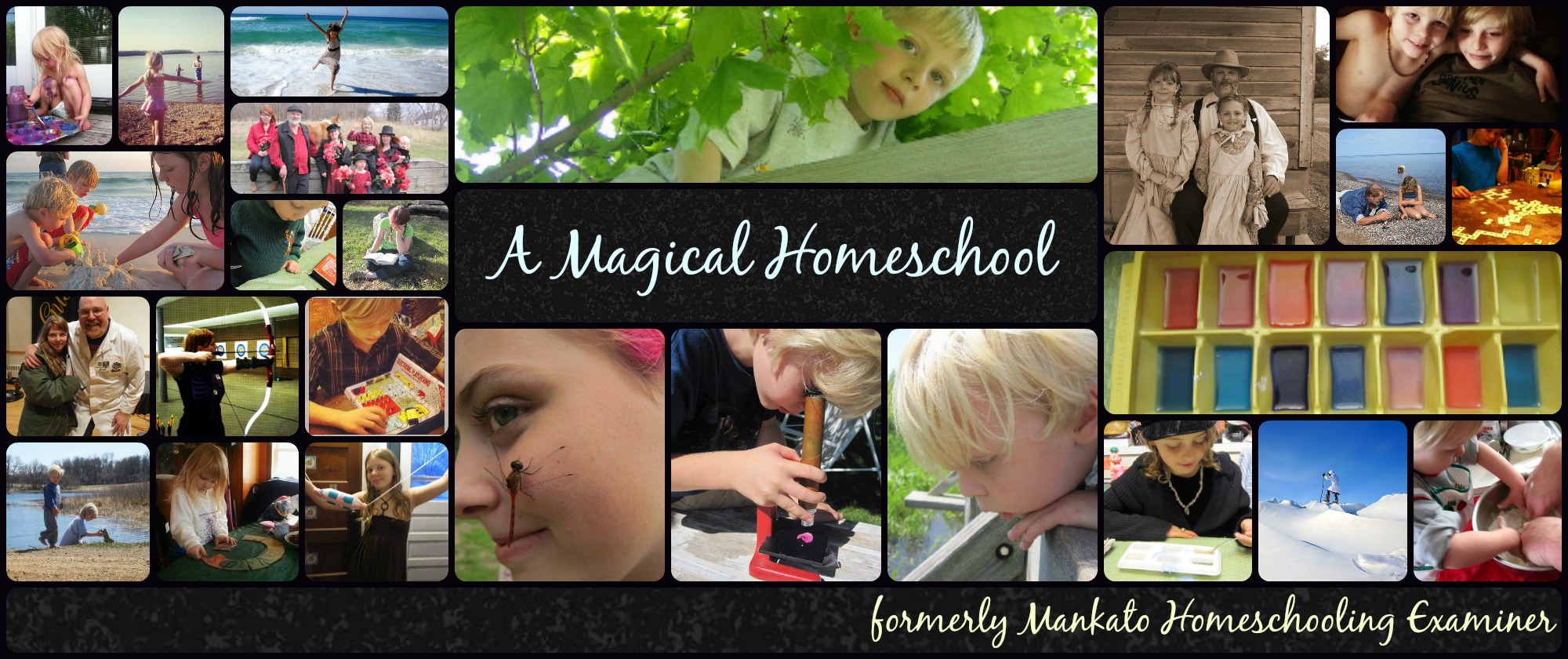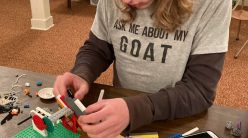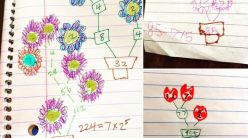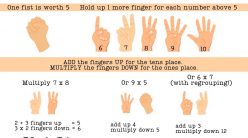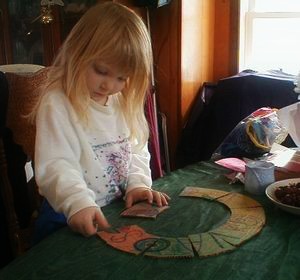
One of the joys of homeschooling is that you can adapt ideas from all different places and use them with your kids. Montessori schools and theories are a great source of some of those ideas.
I attended a Montessori preschool myself (back in the dark ages) and it was one of the best educational experiences of my entire schooling. When I began homeschooling my own children, I made sure to incorporate some of the wonderful Montessori teachings in how we learned together.
Here are five Montessori principles that can be great in homeschools.
1. Teach kids all the steps of doing activities, including the clean up stage. When Montessori teachers demonstrate how to use a classroom activity, they show every step — all the way from taking the tray down to using the materials to how to put all the pieces back and where the tray belongs on the shelf. Making clean up part of the routine is an almost effortless way to keep things in their place and keep messes to a minimum.
2. Let kids have fun doing real world chores and using real tools. You’ll have a hard time finding plastic toys in most Montessori schools. Instead of using toy mops the children use real, child-sized ones and truly help clean up spills. Instead of playing with make believe tools, they use real ones and learn how to use them safely. Instead of a plastic stethoscope, kids can use a real one and really heart their heart beats. Montessori schools also let kids do real chores for fun and learning, and kids love it. Typical Montessori stations include supplies to do things like polishing silver, which may be work to adults but can be delightfully satisfying for small children.
3. Use baskets and trays to arrange activities and toys so children can help themselves. Montessori schools tend to group all materials needed for an activity in one contained spot, so that children can reach it themselves, have everything they need, and then put it away themselves. Look for suitable trays and baskets at stores like the Dollar Tree or thrift stores and consider labeling them with what belongs in each (photos work well for labels for younger kids). Also look for some low wooden bookshelves to store the trays and baskets.
4. Stock your home with materials that are beautiful and real. Again, you won’t find plastic in most Montessori schools. Toys tend to be wooden and dishes are often china or glass. Yes, mistakes and breaks occasionally happen, but that’s part of the learning process. We bought a beautiful mismatched set of blue and white china dishes at a garage sale years ago for a dollar, less than the price of a plastic plate in most stores. We’ve used those dishes for everything from snacks to tea parties over the years and suprisingly few pieces have been broken. It is extremely satisfying for a child to eat off a beautiful china plate, and children quickly learn how to be careful with the dishes. Likewise, it’s far better to have a few truly nice toys than a house full of flimsy plastic ones.
5. Set the stage and then let kids follow their interests and learn at their own paces. If your home is filled with materials and opportunities for kids to learn, read, explore, create and think, they will blossom.
For more Montessori inspiration, check out Montessori catalogs like Montessori Services and Montessori ‘n Such. Prices are often high but they are a wonderful source of ideas to duplicate at home and some materials are worth the cost. The photo above is of a three year-old Victoria (our oldest, who has now graduated) doing a homemade puzzle ring that we made from a cardboard frozen pizza insert, inspired by a Montessori catalog many years ago.
***
This article originally appeared on examiner.com.
